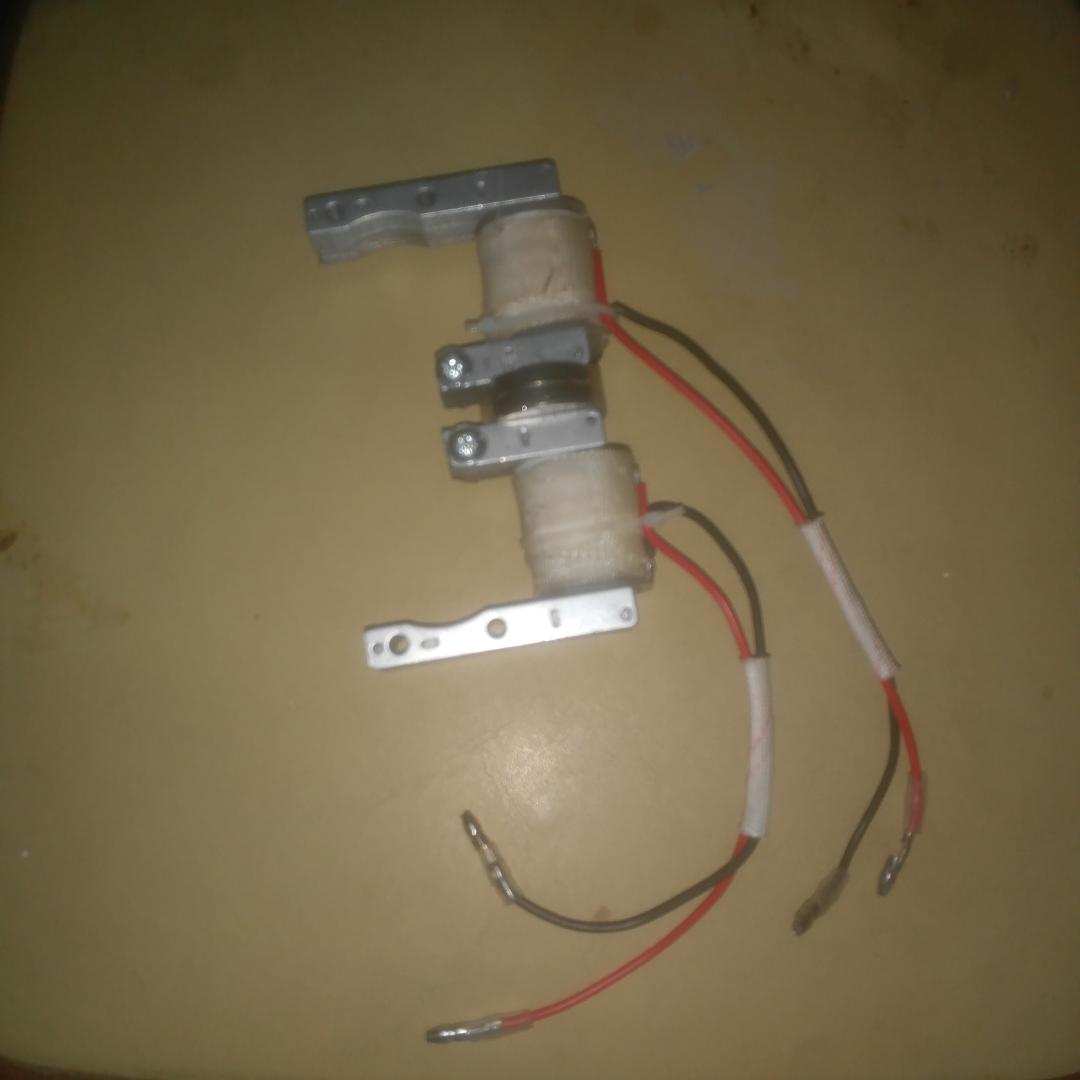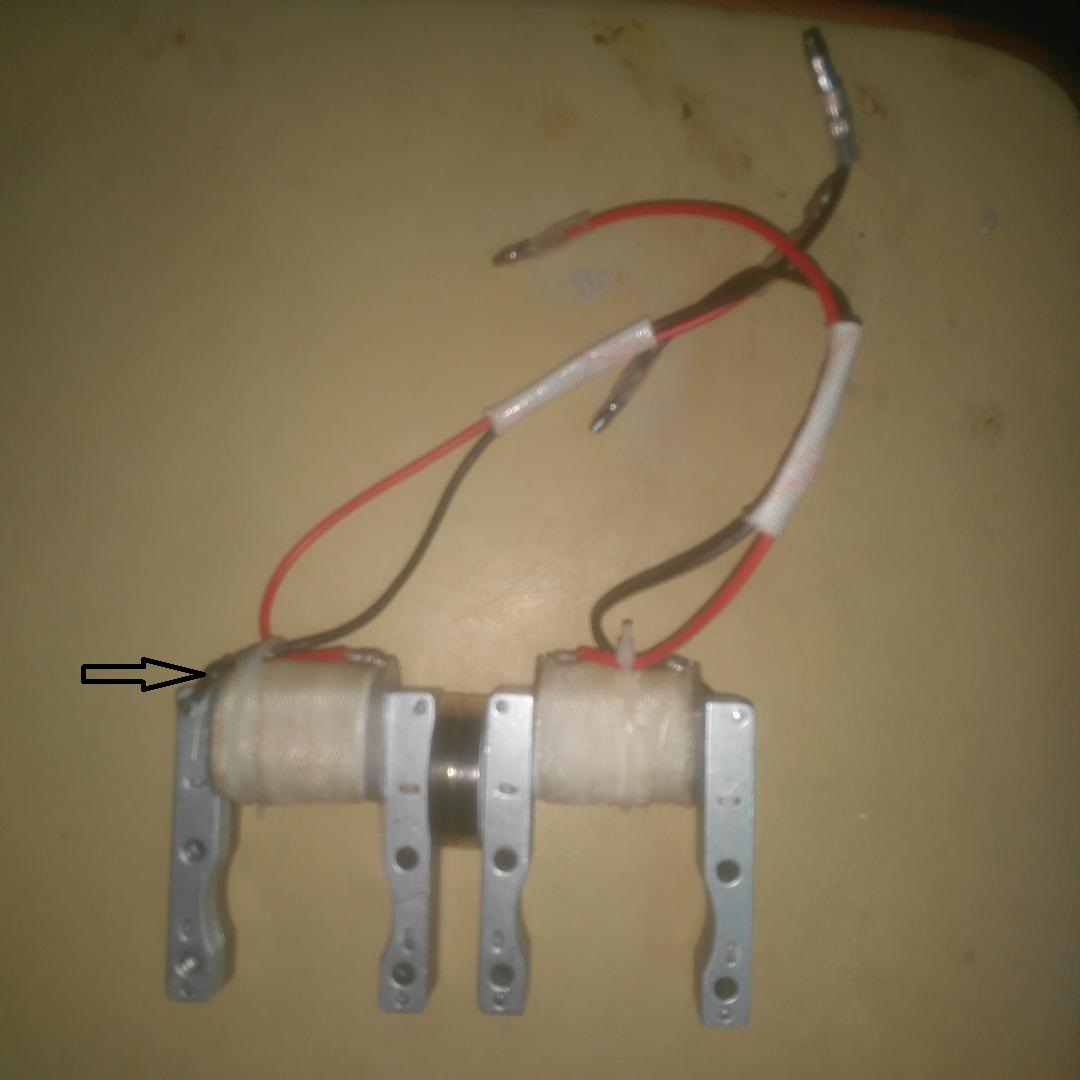I was inspired just a little bit by something muDped wrote about keeping things safe cheap and simple . I thought it might make an interesting Christmas project to try and do just that.
The object here then is to try (try mind you no promises just yet) to make a looped self runner using cheap as chips Chinese knock off - off the shelf parts . And scrap
To make a thing that can be made by anyone on the kitchen table with basic hand tools very quickly.
It strikes me that one of the main obstacles to the vast majority of folks believing in OU devices is they have never seen it , can't understand it at any level and so can't engineer it or for that matter tune what they are trying to make.
I'm going to try and remedy that I'm a little ashamed to admit that I've had to Plagiarise every one and his pet dog for the basic system (surly we all do that anyway if we choose to admit it or otherwise)
still the basic system is well tried and tested and I'm sure very well known to every member of the forum even when I start chopping and changing it to my fancy.
Its appeared in various incarnations for over a hundred years so to pay homage to the various researchers I'm planning to usurp and who by enlarge welcome someone else's attempt at least those who are living do! ( and for all I know those who are dead too!)
All these systems have one thing in common 'magnetic neutralisation' I guess the first incarnation I'm aware of is Wesley Gary and these efforts
http://www.rexresearch.com/gary/gary1.htmvery difficult to set up and run I'm sure we all remember Grumages gallant attempt? Hours and hours he must have spent. good man!
Anyway never the less the principle is there and I willingly acknowledge it. Here is an interesting simple demonstration of this type of cancellation . Using 'feeler gauges'
https://youtu.be/QGKGoXD8P5AThe next viable example which comes to mind is the based on the work of Robert Adams head of the IEE. That motor here described by a researcher I have a deal of time for Tim Harwood
http://freeenergy2000.tripod.com/adamsmotor.htmI guess chronologically the next example which has disappeared into military aircraft production along with its inventor is Joe Flynn's parallel paths. If my reading at the end of this article is correct it seems to have been sustantiated by Boeing and our friend Robert Murrey Smith
https://youtu.be/mLvaIbBIPaUHere described again by Tim Harwood .
http://www.rexresearch.com/flynn/flynn.htmI might include and add next on the list gotoluc's ex working partner 'The boss' Thane C Heins wheres he at I wonder.
here's a working replication by Jean-Louis Naudin
https://youtu.be/rZFFqN13Pt8There's many examples of it across the web – fill ya boots!
We are getting a bit more recent now but as you see all the principles are – identical
here's Arts magnificent work
http://www.gap-power.com/Now I don't know if Art's work on magnetic neutralisation superceeds this next piece of work as this motor it seems is thirteen years old
https://youtu.be/u2mpAskFOu4To bring this bang up to date . Here's the motor looped using super Caps - - IMHO this is where we want to be ,looped and self running
https://youtu.be/UuiFoq9Y7doI hope you are following the general connection of 'magnetic neutralisation' The important factor being that the magnets are doing the vast majority of the work . In fact all the work. The timeing to trigger through the gate is all electrical energy is required for.
To try and make that cheap simple and very very easy is the challenge. So here I am making a start .
No giant magnets ! No thousands of turns of wire ! No exotic Mu metals as the Adams motor required. I'm basically planning to run with the above example (ish) but using both poles of the electromagnet – (why waste it ?)
here then is the start if anyone would like to play along . The magnets I'm using are 25mm dia N42 but I doubt that's critical, these just happen to be some sets of magnets I had in the project box.
Its going to have to be 'tuned' one way or another anyway.

so folks these are magneto coils and they are chosen with good reason . The flux density of the electro magnet is proportional to the number of turns x current flow . In short energy need not play any significant part in the momentary neutralization of the magnetic field.
FYI here is the source of those coils
https://www.ebay.co.uk/itm/High-Performance-CDI-Ignition-Coil-Magneto-for-50-80cc-Engine-Motorized-Bicycle/253785567178?hash=item3b16cc6fca:m:m9OuQAVTGmDJfU5qvU_y1eAI wanted a very high Q factor and so a very high resistance (comparative I know) each of those coils measures 360 ohms and typical for a magneto coil must contain thousands of turns –( thousands of turns you or I don't have to wind I might add!)
(I require the very high Q because I intend the finished article to run at series resonance)
I'm afraid its time for the magneto's to become amputee's . If your playing along be sure to put those nuts and bolts in before taking the hacksaw to the Mu metal, you stand a pretty good chance of destruction of the core if not.

The snip

I hope you can see the black negative wire connecting the end of the coil to the Mu metal core ? I've tried to pick it out as best as I can with an arrow .
Those need cutting. In due course those coils will be connected in series giving twice the inductance and resistance whilst the neutralisation is in opposite direction on each coil. If that link to ground isn't cut a short circuit is the result
After all the external circuitry cares not which way those electromagnets are connected it simply sees a high resistance and a high inductance,
I'm starting to consider a rotor now . Digging around the scrap I discovered a piece of 4 inch underground sewage pipe (unused for its original purpose lol) and a couple of end caps with a 10 mm centred holes that I used previously to drive a Hatem magnetic drive sequence once it has the advantage that with a little skulduggery I can bolt magnets to the end caps with SS nuts and bolts and washers so with luck I don't get machine gunned with my own magnets –
Been there done that - didn't like it.

that's a piece of aluminium Meccano I found running across the poles of the now horse shoe magnet holding things together . I guess rotors and nuts and bolts and like sundries like me your going to have to improvise a bit.
There's a flyback transformer crept into shot – nothing to do with it, a gate crasher!
The little three phase motor you see in shot is used normally to whizz model aeroplanes about ergo for battery life and weight (quality of magnets) its uber efficient . Its my plan to use it in reverse as an alternator in order to loop this with super caps as shown earlier.
Only just started and I've spent more time writing than doing thus far . Anyway I guess the attempt win or lose is pretty easy to understand all comments contributions welcome I think its worth throwing a bat at the ball anyway .


 feature is available which provides a place all members can chat, either publicly or privately.
feature is available which provides a place all members can chat, either publicly or privately. Author
Topic: My little Christmas fun project (Read 8803 times)
Author
Topic: My little Christmas fun project (Read 8803 times)